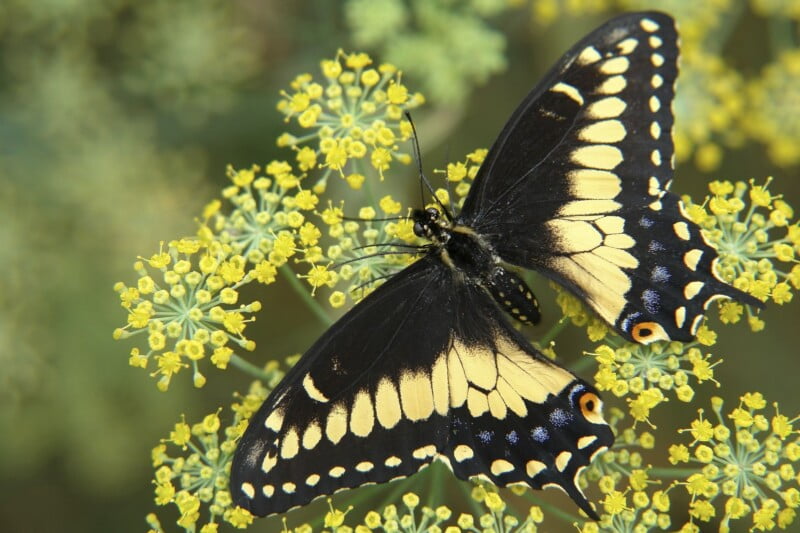Florida’s temperate climate offers a unique opportunity for garden enthusiasts. Each fall, as the sweltering heat subsides, a window opens for cultivating an aromatic herb and sanctuary for the enchanting Black Swallowtail butterflies – Dill.
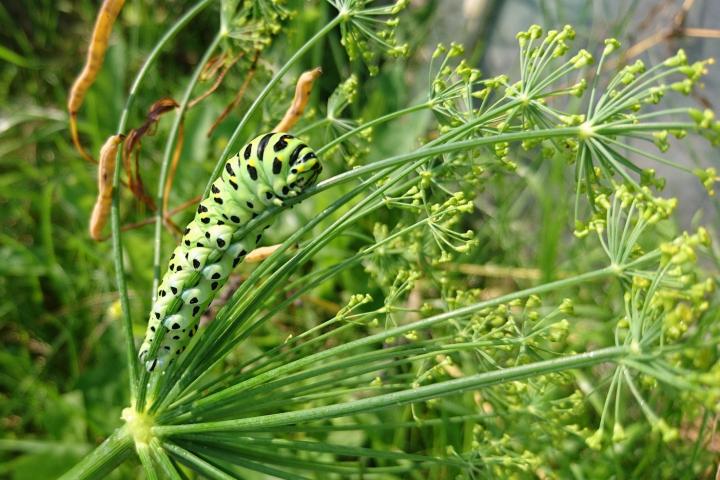
This article illuminates the comprehensive steps for starting dill from seed in Florida during the fall and the role it plays in supporting the lifecycle of Black Swallowtail butterflies.
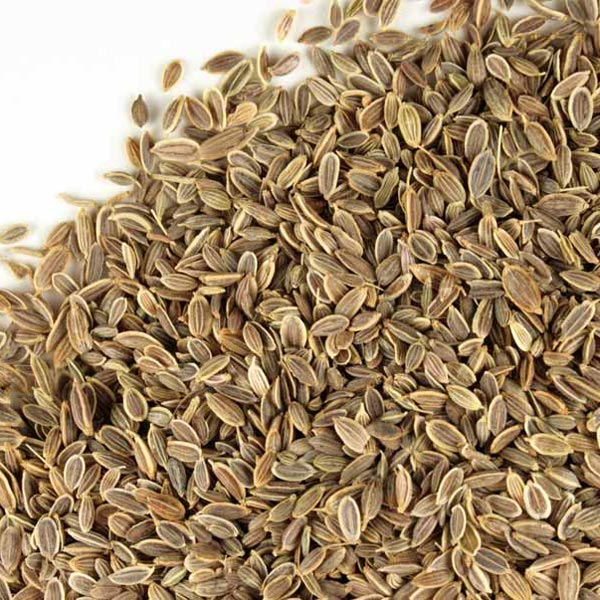
Step 1: Choosing the Right Seeds
Begin with selecting high-quality dill seeds from a reliable source. Opt for organic seeds if possible, to ensure that your garden is free from harmful chemicals, providing a safe haven for the butterflies.
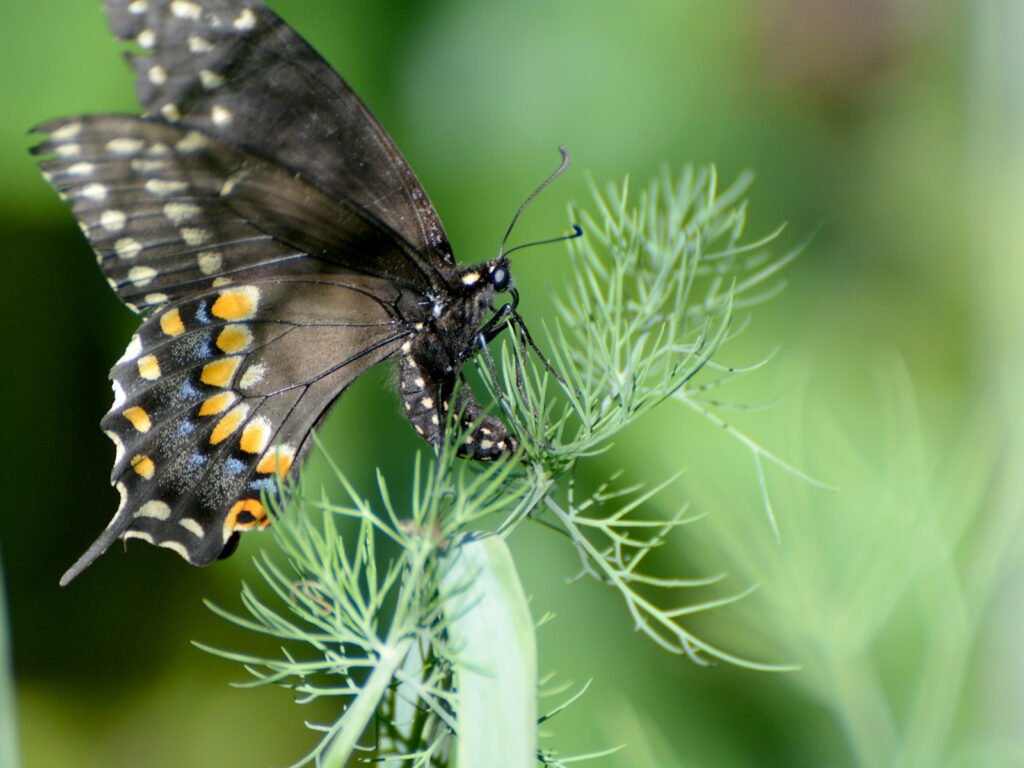
500 Bouquet Dill Seeds for North America – Black Swallowtail
With more than one full gram in every pack, you’ll receive an astonishing number of seeds (well over 500) – enough to transform your garden into a dill paradise. Attracts Black Swallowtails. For all North America.
Step 2: Timing the Planting
Late September to November is ideal for planting dill in Florida. The mild temperatures are perfect for germination and the growth of tender seedlings, ensuring they aren’t scorched by the intense summer sun or nipped by winter frosts.
Step 3: Preparing the Soil
Dill thrives in well-drained, moderately rich soil. Amend the soil with organic matter and ensure it’s slightly acidic to neutral. A sunny spot with 6-8 hours of direct sunlight is ideal. Dill, being a hardy plant, can tolerate some shade but flourishes in ample light.
Step 4: Sowing the Seeds
Plant the seeds ¼ inch deep and space them about 18 inches apart. Lightly cover the seeds with soil, water them gently, ensuring the soil is moist but not waterlogged.
Step 5: Germination and Care
Dill seeds take about 10-14 days to germinate. Keep the soil consistently moist but ensure good drainage to prevent waterlogging. Thin the seedlings if necessary, to allow ample space for growth and air circulation.
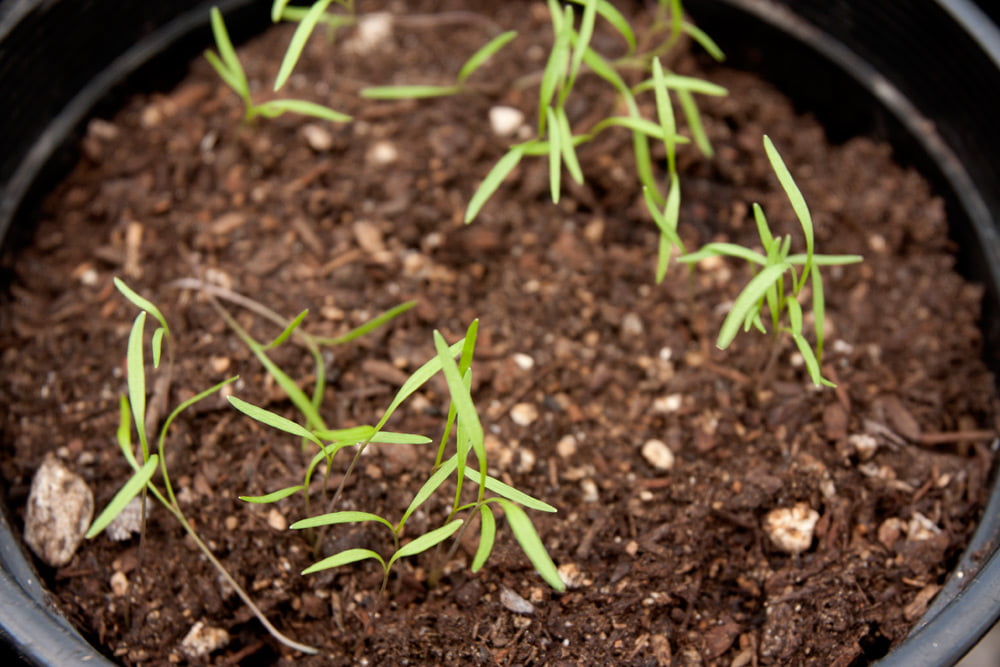
Black Swallowtail Butterflies: A Blooming Relationship
As your dill plants flourish, watch as they attract the elegant Black Swallowtail butterflies. The plant’s feathery leaves serve as a crucial food source for the butterfly’s caterpillar stage. Female Black Swallowtails lay their eggs on the dill, and the emerging caterpillars feast on the leaves, drawing nourishment essential for metamorphosis.
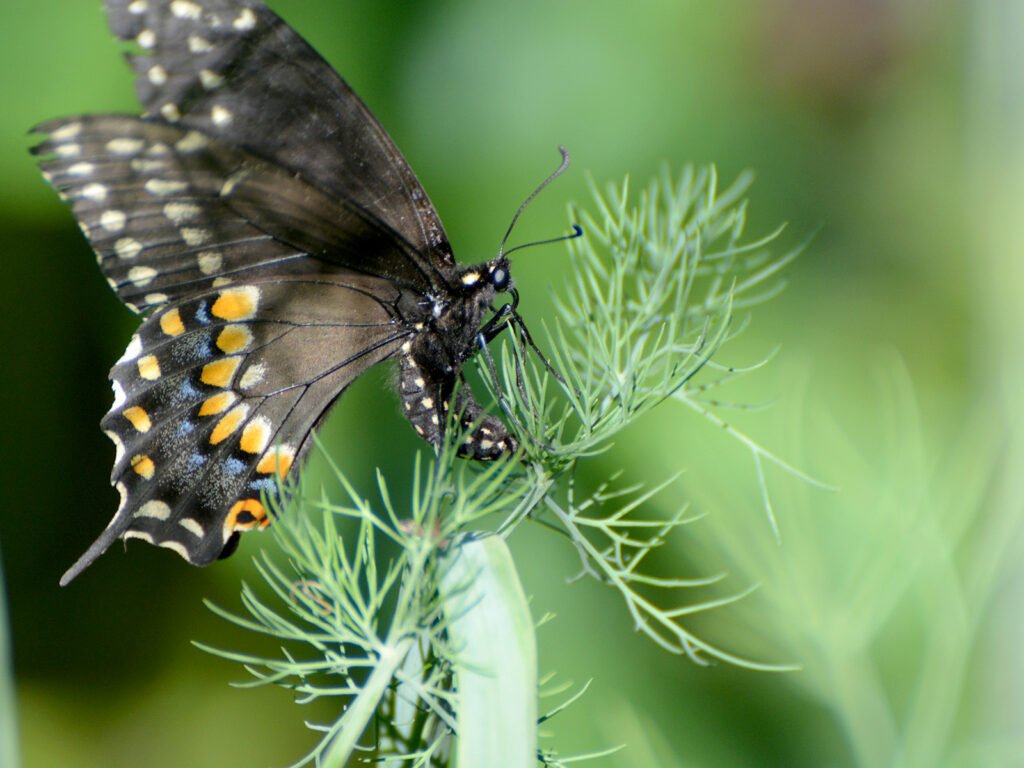
Final Touches
By mid to late fall, your dill will be mature, showcasing delicate yellow flowers that not only add aesthetic beauty but also act as landing pads for butterflies. As the seeds begin to form, consider leaving some on the plants, offering an ongoing food source for both butterflies and future plantings.
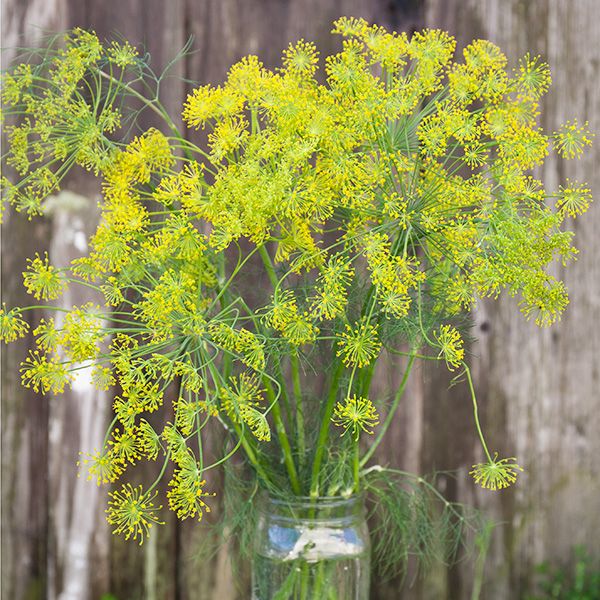
Conclusion
Starting dill from seed in Florida’s fall is more than an agricultural pursuit; it’s an ecologically significant endeavor. Each dill plant nurtures the lifecycle of Black Swallowtail butterflies, fostering biodiversity and adding vibrancy to the garden.

500 Bouquet Dill Seeds for North America – Black Swallowtail
With more than one full gram in every pack, you’ll receive an astonishing number of seeds (well over 500) – enough to transform your garden into a dill paradise. Attracts Black Swallowtails. For all North America.
As the dill sways in the gentle fall breezes and butterflies dance amidst its leaves, the garden becomes a testament to the harmonious coexistence of flora and fauna, each enriching the other in the eternal dance of nature… one day at a time!
